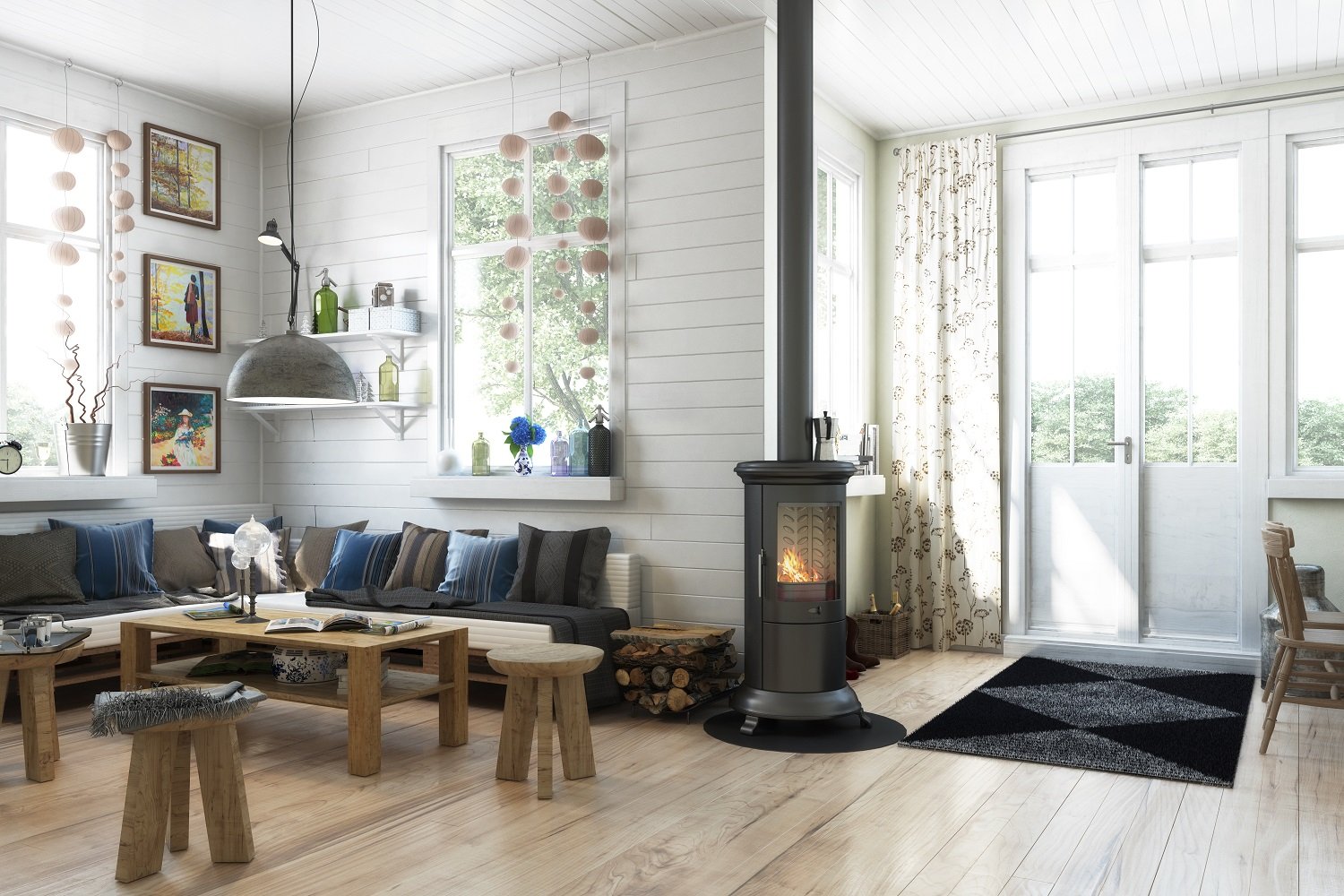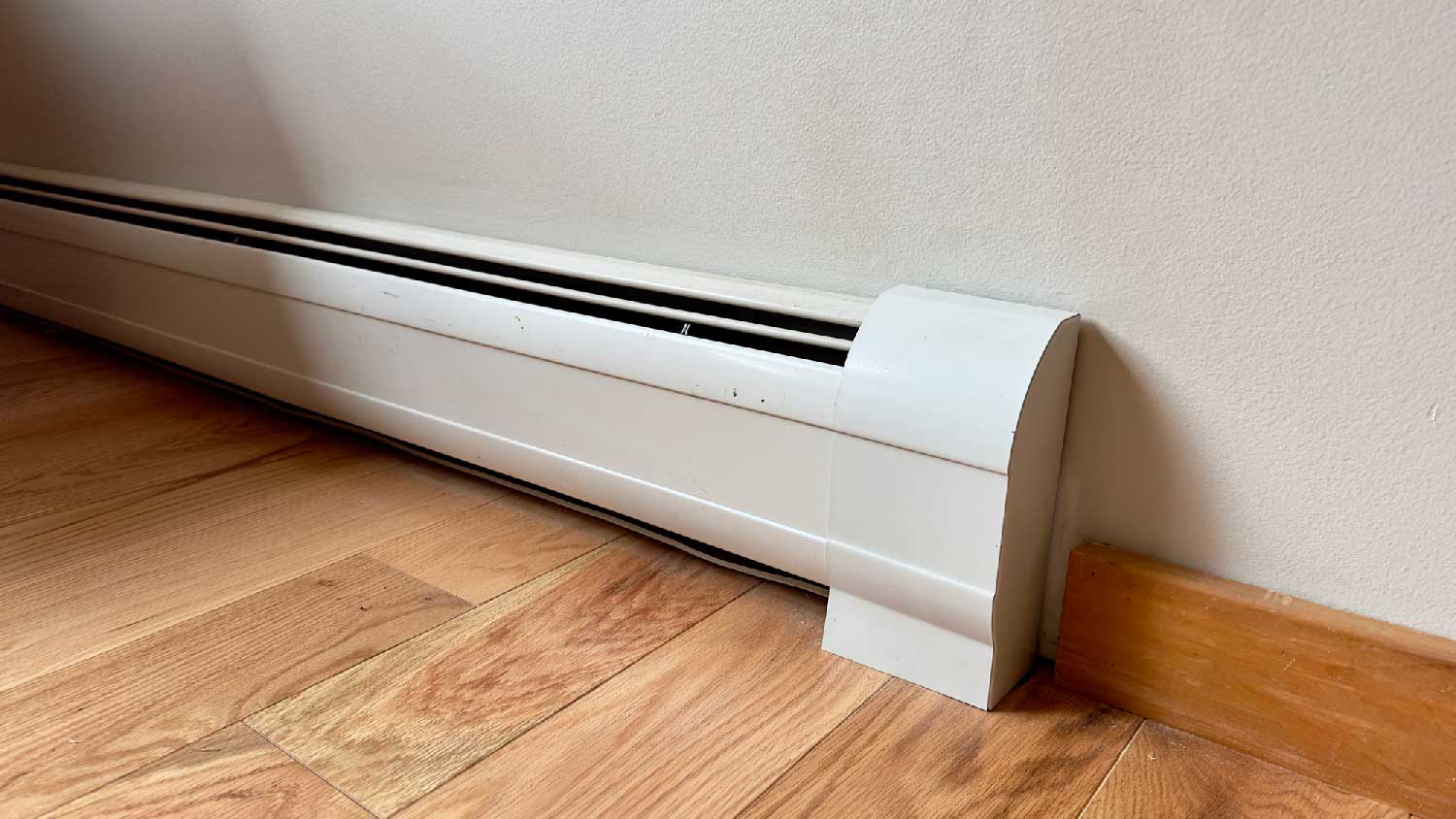
When your heat goes out, it can cause a bit of a panic. But knowledge is power, so let's go over radiator repair costs before that happens.
When your furnace is fizzling out, consider these replacements


If your furnace is on the fritz, you may be considering your options for an upgrade that will efficiently and reliably heat your home. There are five common types of furnaces: natural gas, electric, propane, oil, and wood. Each furnace type has different benefits and drawbacks, from heating output and operating costs to life span and maintenance. Weigh the pros and cons of these five main types of furnaces.
| Furnace Type | Life Span in Years |
|---|---|
| Natural gas | 15–20 |
| Electric | 20–30 |
| Propane | 15–20 |
| Oil | 15–25 |
| Wood | 10–20 |
Natural gas furnaces are the most common type of home furnace. However, you’ll need access to a municipal gas line to use one, which means you’ll need to be careful with potential CO2 poisoning if the heater malfunctions.
The natural gas furnace is more expensive up front (about $1,700 to $9,700) but is often more affordable to operate long-term. Natural gas furnace operation is straightforward and works a lot like electric units to heat your home:
Natural gas furnaces use a flame to heat an exchanger.
The exchanger transfers the heat to incoming air.
The furnace blows the air out through air ducts.
| Pros | Cons |
|---|---|
| Lower long-term costs | Higher CO2 leak risk |
| Heats quickly | Higher up-front cost |
| More eco-friendly than oil | Needs gas line access |
Best for: Efficient heating, large homes
Install carbon monoxide alarms on every level of your home, in central locations, and outside bedrooms. Check all of your carbon monoxide detectors every month, and replace the batteries on a set schedule according to the manufacturer’s instructions.
Electric furnaces are another popular option. They are more affordable to install (about $1,600 to $6,200 on average) but cost more to operate over time. Electric furnaces work similarly to gas furnaces, except they use electricity to create heat:
Electric furnaces pull surrounding air into the system.
The furnace uses electricity to operate heating elements, which warm incoming air.
The furnace then pushes the warm air out through your air ducts.
| Pros | Cons |
|---|---|
| High energy efficiency | Higher operating cost |
| Lower installation cost | Power outages take out heat source |
| Better temperature control | Less effective in cold climates |
Best for: Heating small spaces efficiently and on a budget
Propane furnaces operate similarly to natural gas furnaces, but they use propane (not natural gas). Averaging around $1,800 to $6,000, propane furnaces are less expensive than gas furnaces but also less efficient.
The propane furnace heats air by turning the liquid propane into a gas.
The gas moves across a heat exchange, heating the air.
The heated air exits through air vents.
| Pros | Cons |
|---|---|
| Lower operating costs | Less efficient |
| Quick heating | High up-front cost |
| Accessible in remote areas | Requires space for propane tank |
Best for: Cold climates, homes in rural areas
An oil furnace is a popular alternative to gas furnaces and electric furnaces.
Higher oil prices make them more expensive, and they require more furnace maintenance than some other types. The average cost of an oil furnace is $2,500 to $6,000. You’ll also need to keep your oil tank (which you’ll need to install) ready so that you don’t run your furnace dry.
An oil furnace uses a burn chamber to produce heat:
The fuel pump brings oil to the burner chamber, where the oil transforms into a mist.
This mist is then sprayed onto a burner.
The burner warms up and heats incoming air, which is then distributed through the duct system.
| Pros | Cons |
|---|---|
| Provides a lot of heat | High up-front and ongoing costs |
| Long life span | High maintenance |
| Accessible in remote areas | Less eco-friendly |
Best for: Cold climates, homes in rural areas

You may be able to get a dual-source furnace that uses oil, gas, or kerosene as a backup. Wood furnaces can be very affordable, usually ranging between $2,600 and $12,500. However, they are less efficient than other furnace options and require a little extra work.
Wood furnaces require fuel (wood) to create heat for the home:
Wood furnaces use the heat from burning wood to warm your home.
Newer wood furnace models have a blower that helps distribute the heat through your air ducts.
| Pros | Cons |
|---|---|
| Lower ongoing costs | Less efficient |
| High heat output | Need space for wood storage |
| Off-grid heating | Produces a lot of ash and soot |
Best for: Cold climates, budget-conscious homeowners
No matter the type, you need to determine a few non-negotiable furnace features your home requires:
Size: This depends on your home’s square footage, insulation, and ceiling heights.
Efficiency: Two-stage and multi-stage units are more efficient than single-stage furnaces.
Additional features: Dehumidifiers, smart thermostats, and temperature and noise controls come at a cost.
Warranties: Installation or extended warranties can supplement your manufacturer's warranty.
Fuel source: Gas, electric, propane, and oil are all viable.
Climate and region: Different furnace types operate more efficiently in different conditions.
In addition to traditional furnaces, there are alternative ways to heat your home. Some of the most popular options include solar heating, pellet stoves, and radiant under-floor heating, which can be used on their own or paired with a furnace heating system.
Solar heat: Solar energy options are one of the most costly projects you can choose, but if you live in a hot climate, the sun can benefit you by pumping energy into your home courtesy of solar panels or units.
Pellet stoves: A cleaner burning option than wood, pellet stoves can be installed as a free-standing stove or an insert that fits inside your fireplace opening.
Radiant heat: Also called baseboard heating, you can use supplemental radiant heat sources to warm a room addition. They’re inexpensive to operate, and some units have programmable thermostat options.
Replacing a furnace in a home is an expensive decision, especially since you only feel the results of your decision a few months out of the year. Not all furnaces are created equal, and you’ll want to do a bit of research to make sure you find the right one for your home.
It’s important to note that if your gas furnace is more than 15 years old and your electric furnace is more than 20 years old, you may want to consider a replacement. Failure to replace an old furnace can be dangerous. Not only do you risk losing heat in the winter, but you could also face danger from carbon dioxide poisoning or fires. When it’s time to replace a furnace, be sure to consult a local furnace installation company for quick, safe installation.
From average costs to expert advice, get all the answers you need to get your job done.

When your heat goes out, it can cause a bit of a panic. But knowledge is power, so let's go over radiator repair costs before that happens.

Factors such as labor and parts impact the final price of repairing a window AC unit. Learn all of the costs associated with window air conditioner repair.

Find out the average humidifier repair cost, what impacts pricing, and how to save. Get expert tips to budget for your humidifier repair.

Discover the average wall heater installation cost, key price factors, and expert tips to help you budget and save on your next home heating project.

Learn how to reset your boiler safely with our comprehensive guide. Don't let heating issues disrupt your comfort this winter.

Thinking about installing a heat pump in your home? Learn about the different types of heat pumps and the options you can choose from in this guide.